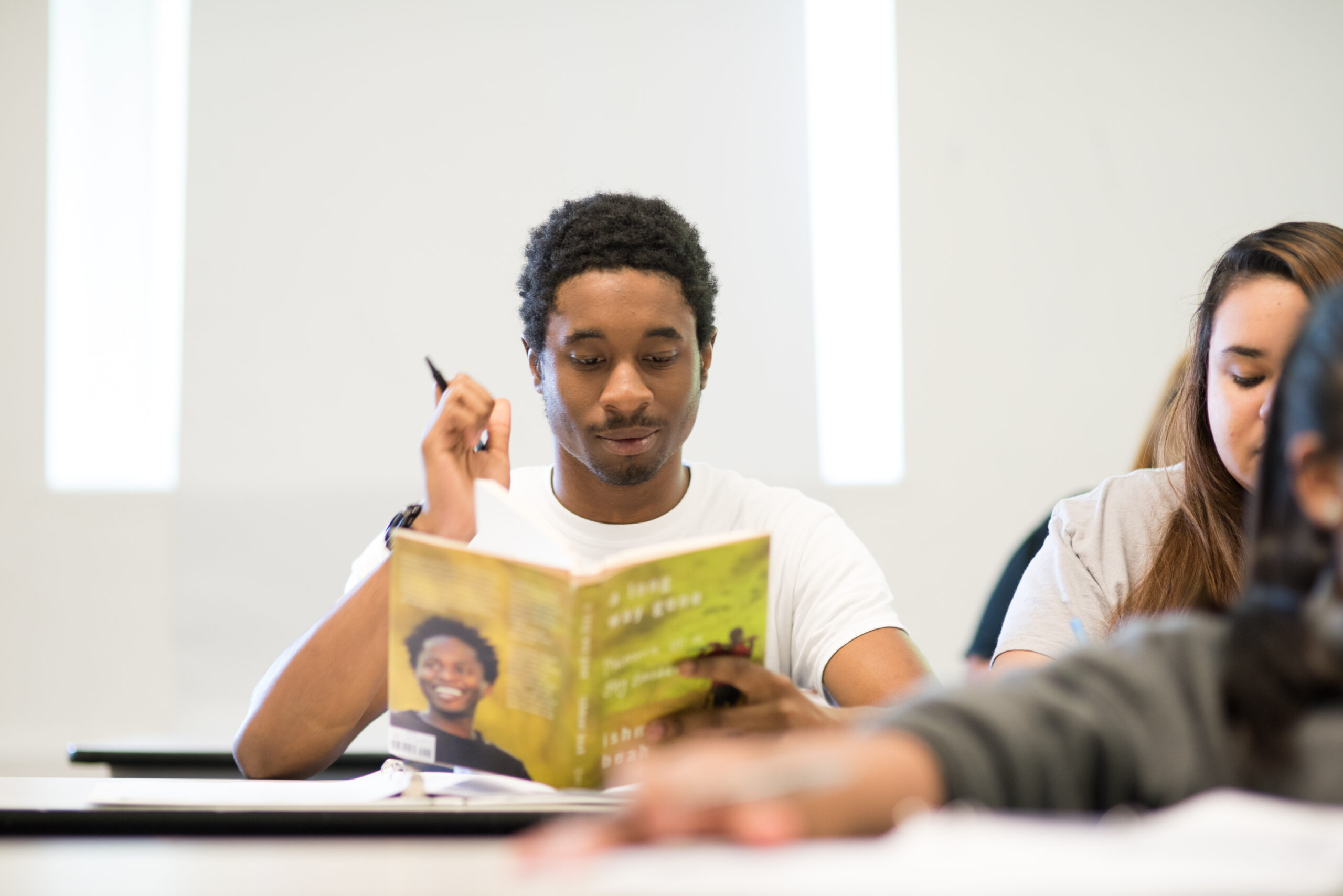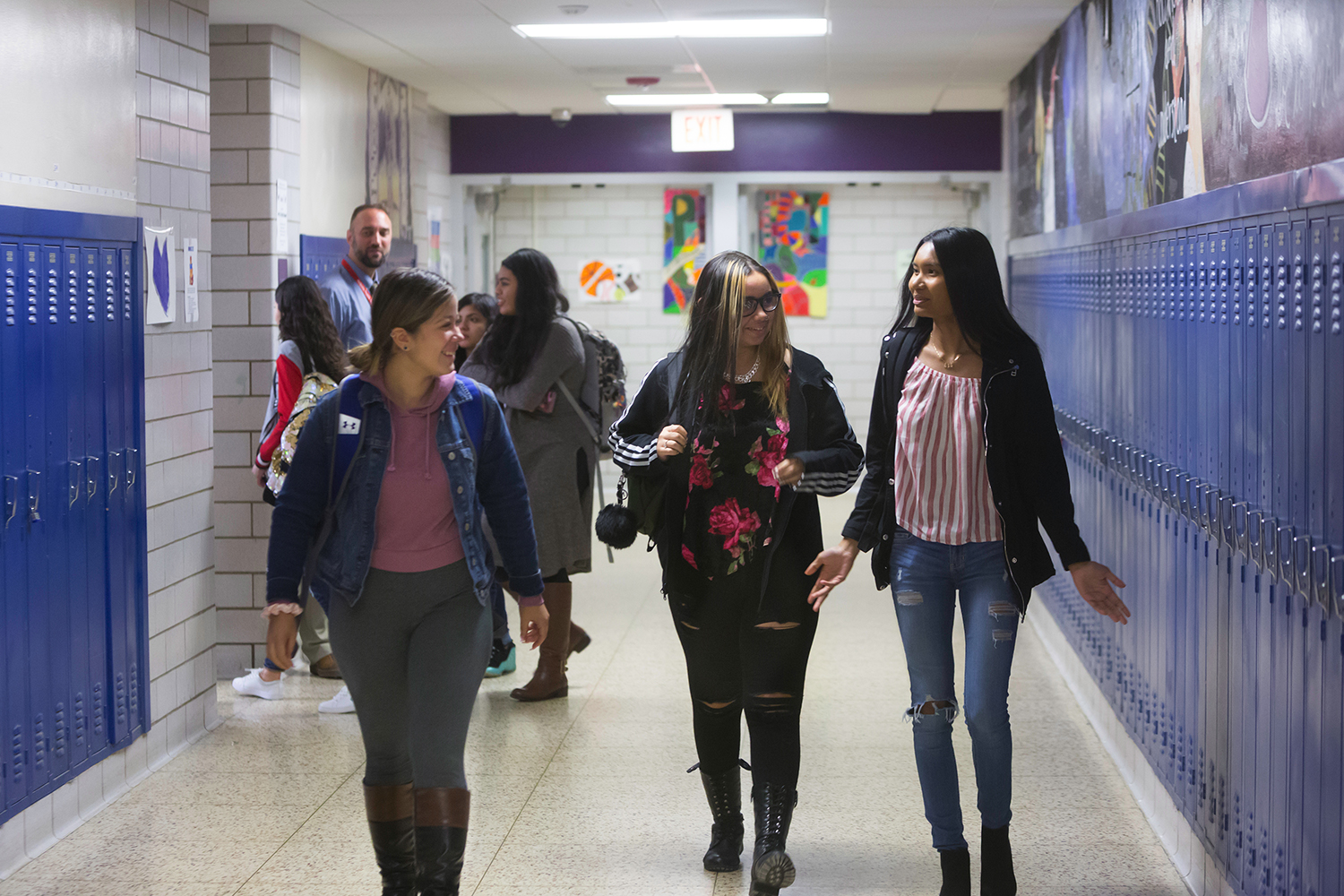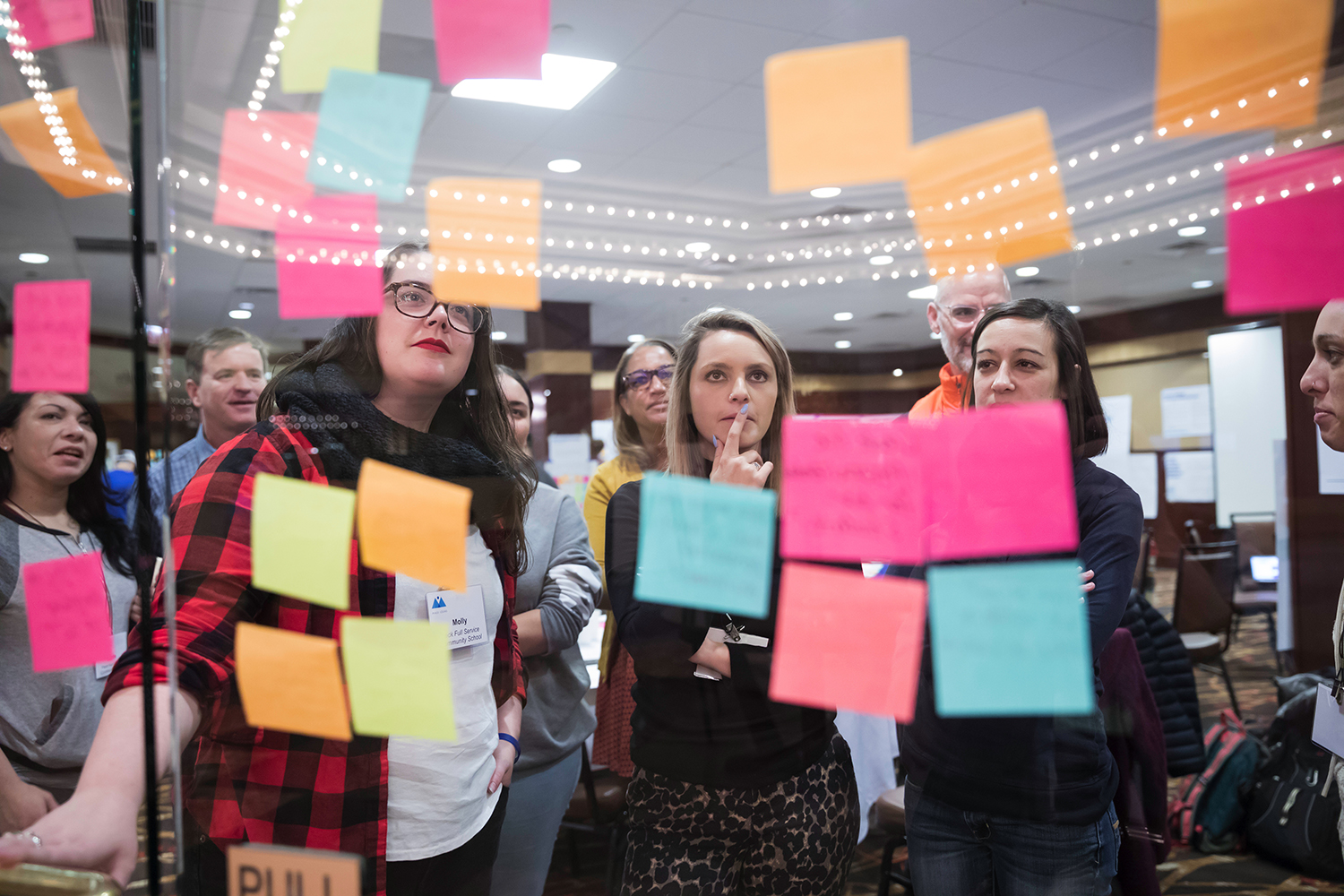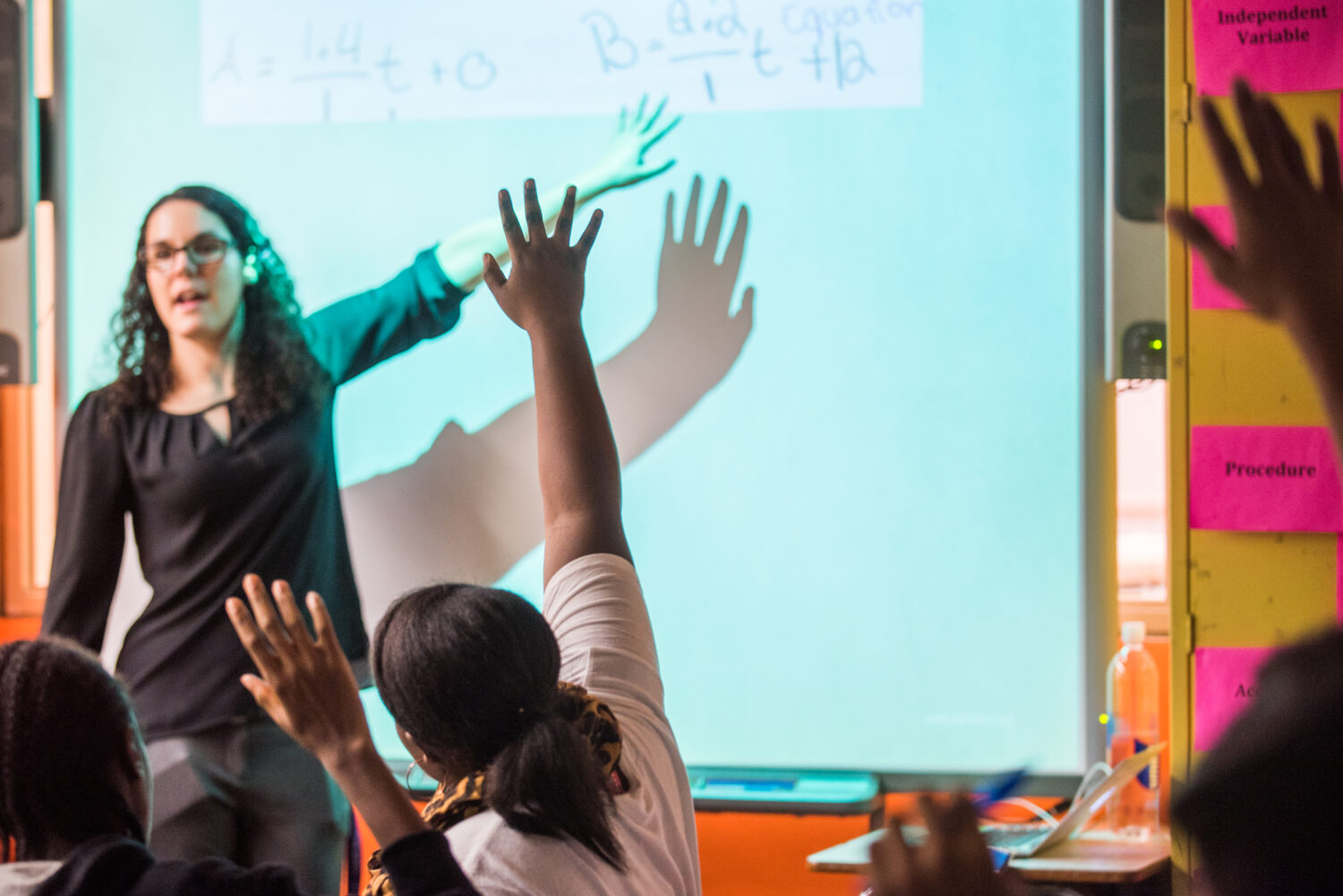“There is so much that needs to be done. Our schools attempted distance learning this Spring, and we need to strengthen those systems, while also closing the instructional gaps caused by lost learning time. We know that our students, families, and staff have experienced trauma as a result of Covid-19 and school shutdown, and we are striving to heal our communities. Our students must feel safe in order to engage in meaningful learning. The shift to distance teaching and learning has been challenging for teachers and that we need to better support them in order to meet the needs of our students now and in the years to come.” – School System Leader
COVID-19 and its fallout have dramatically altered the education landscape. To help school and system leaders navigate this complex and uncharted territory, the Barr Foundation partnered with Catalyst:Ed, a national nonprofit to launch the Massachusetts Ready Fund and rapidly mobilize and deploy responsive, real-time support. The Mass Ready Fund enables Local Education Agencies (LEAs), school networks, and high schools that serve 50% or more of high-need students and serve at least one high school grade level to access (at no cost to them) consulting support from a coalition of expert organizations and individuals with deep experience working with and supporting schools and systems.
Over a three-month period (June-Aug 2020), 43 eligible schools and districts have accessed over $500k worth of support from 16 different technical assistance providers. Together, these schools and districts serve over 200,000 students. A majority are traditional public school districts or schools.
So what are we hearing and learning from school leaders and technical assistance providers from our work so far? While the earliest projects focused on drafting reopening plans under differing scenarios, we are now seeing schools go deeper – more recent projects have focused on improving student and family experiences and outcomes, especially for the most vulnerable student populations. In this vein, we see five critical areas where schools and systems are requesting and accessing support right now:
1. Improved remote learning
“Remote learning is a foreign educational landscape for us.” – School Leader
When schools shifted to distance learning in Spring, few leaders anticipated that the uncertainty would continue, school reopenings in Fall would be delayed, and that most schools would be opening remotely or with hybrid models. As a result, few schools and systems were fully prepared for the 2020-21 academic year. Recognizing this, several of the schools and systems that accessed expert support through the Mass Ready Fund are working with their providers to develop more robust remote learning plans, redesign learning experiences so they are more engaging and relevant, and implement best practices such as the use of a “primary person,” so families and students have one point person at the school to go to for questions or to address any needs.
2. Social-emotional learning and trauma-informed practices
“School closure revealed several gaps in our practices and capacity to support students with trauma. We now understand the need to go beyond having a few counselors in a few schools to having programs and systems for the whole district to reach all students daily.” – School System Leader
Many students and families have been directly affected by COVID-19, and are suffering from sickness, unemployment, and/or food and housing insecurity. The social isolation in and of itself has also negatively affected students’ mental health. The toll on physical, social, and emotional health has been exacerbated for students who rely on their schools for safety, security, and sustenance. A few schools are creating plans for addressing this through a whole school, whole child, whole community approach. Several schools and systems are working with providers to develop virtual, tiered, social emotional support plans as well as professional development on Social Emotional Learning (SEL) and trauma informed practices.
3. Family engagement
“We want to keep our community informed of our efforts so that they can understand what is happening and how they can be the best partners possible in this next phase. During remote learning, we also witnessed some excellent examples of how instruction can tap into families’ funds of knowledge. We need to provide more professional learning opportunities in this area to ensure all educators are designing and delivering instruction that builds with the assets of our students, families, and communities.” – School Leader
The continually changing guidance from local, state, and federal public health and education officials has been a source of stress on students, families, and on educators. To mitigate this anxiety, several schools have focused on strengthening how they communicate to and engage with families, as well as address questions, concerns, and needs. The goal is to foster an environment where families can trust that they are being heard, their needs are being taken into consideration, and they are being kept informed about decisions in a rapidly changing situation. Schools are currently working on projects that include developing family engagement strategies, drafting communications, and implementing best practices such as family hotlines for direct access by phone to school administrators
4. Focused support for students who need it most
“English Learners’ educational challenges have been compounded by COVID-19, and we need to implement wrap-around support so they are positioned to succeed in a new learning environment.” – School System Leader
Remote learning has been especially challenging and ineffective for students with special needs, such as special education students or English Language Learners, whose needs are not fully addressed even during normal times. Schools are working on projects such as developing plans aimed at identifying and supporting students most in need of support, training teachers in remote instructional practices designed to advance content and language acquisition for special student populations, communicating with families, and gauging and supporting the socio-emotional well-being of families and students.
5. Assessment and acceleration
“We realize that many of our students may need to fit more than a year of learning into a single school year. Simply reteaching and implementing remediation strategies will not achieve this goal and will in fact only widen achievement gaps.”- School System Leader
School closures over Spring and the continued uncertainty over school reopening this Fall have likely created massive learning losses and could result in long-term consequences for all students, and especially those who were already behind. Some schools are working to mitigate this possibility by implementing learning assessment and acceleration strategies aimed at putting every student on a fast track back to grade level
Despite the activity and the progress, challenges remain. COVID-19 has laid bare the underlying fragility and inequities of our education system. The continuing uncertainty has made it hard for teams to decide where they should invest their time, efforts and resources. Funding remains a constraint, and technological preparedness continues to be a concern. Staffing is emerging as a challenge as schools balance the needs of the remote and in-person learners as well as their teachers. Finally, leaders need more support to deal with the unprecedented uncertainty and challenge of the current moment so they can lead more resilient and agile organizations.
And yet, there are also some bright spots. We see schools who see this crisis as an opportunity to innovate and to be creative. We also see individual teachers who are rethinking their classrooms virtually, and using welcoming and inclusive tactics to make sure students learn. A number of places are further personalizing the learning experience to more deeply respond to student needs and interests, and creating new systems to ensure every student has a primary person to support their well-being and academic progress. Slowly, but surely, new best practices are emerging, while older, proven approaches are being applied with renewed focus. Many schools have used this moment to question the status quo, focus their efforts on what is most critical, and build authentic connections with their students and families. We continue to learn from and be inspired by their work and experiences and also see an opportunity for leaders to connect with and learn from each other in the coming months.
Proposals for Mass Ready Fund are still being considered. For more, click here.





